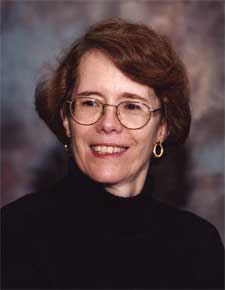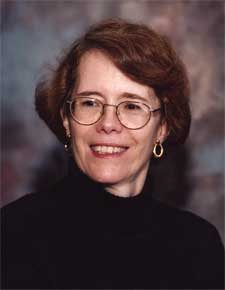 KINGSTON, R.I — March 20, 2008 — Stephen T. Early was not a household name during the Depression or World War II, yet he was one of the most influential men in the mid-20th Century. As press secretary for President Franklin D. Roosevelt, Early was responsible for getting FDR’s messages out to the press, employing print journalism, newsreels and radio broadcasts. He helped the Harvard-educated, wealthy president communicate a robust strength and confidence in a language his fellow countrymen and women could not only understand but embrace.
KINGSTON, R.I — March 20, 2008 — Stephen T. Early was not a household name during the Depression or World War II, yet he was one of the most influential men in the mid-20th Century. As press secretary for President Franklin D. Roosevelt, Early was responsible for getting FDR’s messages out to the press, employing print journalism, newsreels and radio broadcasts. He helped the Harvard-educated, wealthy president communicate a robust strength and confidence in a language his fellow countrymen and women could not only understand but embrace.
Early’s role as press secretary and presidential image maker kept the president in the spotlight, which helped boost the president’s policies and popularity. Roosevelt became the longest serving president in U.S. history.
Linda Lotridge Levin of Providence, professor and chair of the Journalism Department at the University of Rhode Island, takes an unobstructed view of the man behind the president in The Making of FDR: The Story of Stephen T. Early, America’s First Modern Press Secretary. The book was just published by Prometheus Books.
Until now, very little was known about Early. Levin became interested in him when her youngest daughter, Rachel, chose to write about him for a biography course she took with Pulitzer-prize winning biographer Joseph Ellis at Mount Holyoke College in 1992. Almost the only references she could find about Early were in books about FDR and his administration. Ellis wrote on Rachel’s paper –“somebody should write a biography of Early.”
That summer, Levin decided to research Early and traveled to the FDR Library in Hyde Park, N.Y, where Early’s papers were housed. She spent parts of the next 12 summers and some winter breaks researching at the library.
Early, a native of Virginia, was a young reporter for United Press in Washington. During the summer of 1912 he met FDR, a young politician from New York, while covering the Democratic National Convention in Baltimore. Woodrow Wilson won the convention, and named FDR assistant secretary of the Navy. Early, by then, had moved to the Associated Press, and he was assigned to cover the war department, which included Navy. He and FDR formed a friendship. FDR named Early his press secretary when he went to the White House in 1933, and Early remained in that job until Roosevelt died in office in 1945.
The URI professor comments: “Early kept his papers in two places in the library: about 20 huge scrapbooks that contained newspaper clippings from all over the country where he had been mentioned or quoted, along with other exciting finds such as a diary he kept when he was on the transport ship taking him to France to fight in World War I; and dozens of boxes containing letters, memos to and from FDR and many others, copies of speeches he gave; copies of all his press conferences (he held one every day while he was in the White House.) He also was responsible for FDR holding regular twice-a-week press conferences, and it was Early who came up with the Fireside Chats and named them.”
Levin researched papers related to Early at the Baker Library at Dartmouth College, the Alderman at the University of Virginia and local historical libraries in Virginia and Washington, D.C. She also interviewed Early’s daughter and grandson several times.
The friendship between the two men made the book both fascinating to research and to write, says Levin. “Early’s life as a famous Associated Press reporter before he went to the White House was something I did not know; the relationship between Early and the press while he was FDR’s press secretary was unique because Early had been colleagues with the White House press corps so when he would ask them not to print something, they almost always obeyed him, and, of course, it was Early who made sure that photographers did not present the president as paralyzed.”
While this is Levin’s first biography, she has authored, co-authored or edited five previous books.
URI Department of Communications & Marketing photo by Michael Salerno Photography

